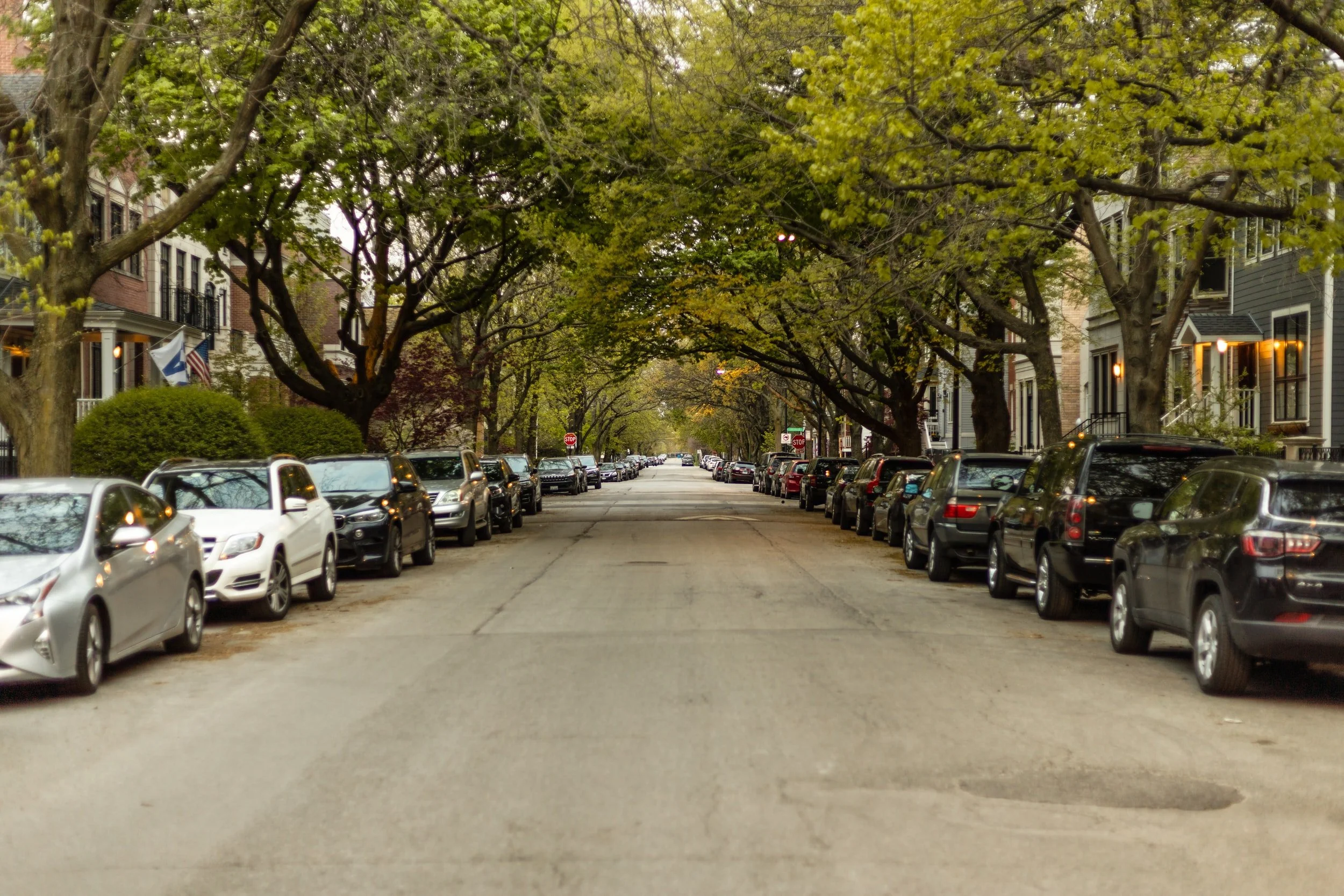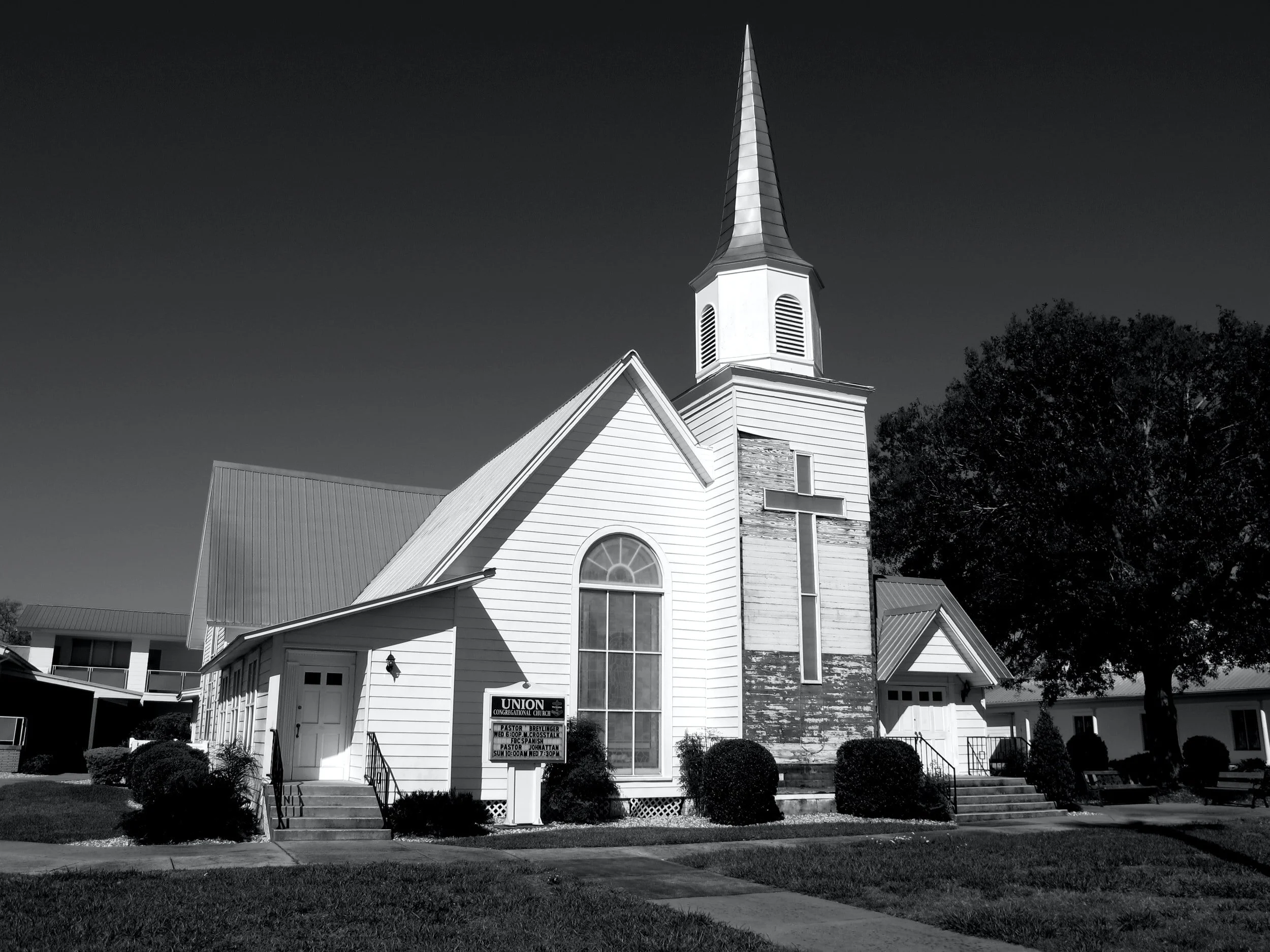Less Parking Could Mean More Housing
Less Parking Could Mean More Housing
By Erika Bolstad, Stateline, an initiative of The Pew Charitable Trusts, June 8, 2022
word count: 1705
PORTLAND, Ore. — Citing environmental concerns and a lack of housing, an increasing number of cities and some West Coast states are reconsidering mandates that all homes, offices and businesses offer a minimum number of parking spots for residents, workers and customers.
Leading the effort is Oregon, which is poised in July to enact permanent statewide land use rules that would allow eight metro areas to eliminate minimum parking requirements for many homes and businesses. Not far behind is California, where the state Assembly in May passed legislation that could have a similar effect on some minimum parking rules statewide, if it's passed by the state Senate and signed into law.
Curtailing parking minimums represents a sweeping shift in American attitudes, particularly in California, a state that glorified and typified car culture—and its accompanying urban sprawl. But in both Oregon and California, eliminating minimum parking mandates is seen as a way of encouraging compact, climate-friendly communities that address severe housing shortages by making it easier, safer and more affordable to live and work without a car.
The California legislation would prohibit local governments from imposing or enforcing a minimum parking requirement on residential, commercial or other development if the project is within a half-mile walk of public transit. It's sponsored by Democratic state Assemblymember Laura Friedman of Los Angeles.
"The biggest issue in Los Angeles is homelessness, and people don't necessarily jump to saying, 'Well, maybe the amount of parking that we're requiring in our housing projects has something to do with the cost of that housing,'" Friedman said. "And when you lay it out for them, people have a lightbulb moment where they go, 'Oh yeah, of course. That adds to what it costs to build housing.'"
As in much of the United States, housing shortages in both Oregon and California have led to high home prices, one contributor to the homelessness crisis. In Oregon, studies show the state is short an estimated 111,000 housing units for its existing population, and must build as many as 30,000 homes a year to catch up and to meet population growth. California Democratic Gov. Gavin Newsom's housing department has set a goal of building 2.5 million homes over the next eight years.
Parking lots aren't going away any time soon. But planners and developers have long understood that each parking space adds to building costs, and that parking for homes and businesses is overbuilt nearly everywhere.
One study of American parking trends by the Mortgage Bankers Association found "a lavish amount of parking" in U.S. cities outside of New York City. Parking spaces outnumber homes 27 to 1 in Jackson, Wyoming, the study found. In Seattle, there are 13 people per acre and 29 parking spaces per acre. And Des Moines, Iowa, has 83,141 households and 1.6 million parking spots.
Estimates vary, but many experts suggest that building individual parking spots starts at $20,000 for those on surface lots and can cost upward of $60,000 for underground garages, according to the Parking Reform Network, which tracks efforts nationwide to change the culture of parking. The cost of parking gets bundled into the cost of the home or business, or into rent. Parking also takes up space that could be used for housing, particularly in more walkable or bikeable neighborhoods with good access to mass transit.
Advocates for changes in minimum parking requirements, including Sightline, a left-leaning sustainability think tank, also point out that with denser neighborhoods, more people have access to public transit, which becomes more cost-effective and user-friendly because it can serve more people. Fewer surface parking lots means fewer heat islands, paved areas that absorb heat during the day and release it at night. And fewer cars on the road also means fewer greenhouse gas emissions. If the homes, apartments and businesses will be built anyway, advocates say, why not take an approach that weaves sustainability into housing and transportation planning?
"People understand the argument that we need to prioritize housing for people over parking for cars," Friedman said. "If we're going to have to choose one or the other, I'll choose the housing all day long. And it is a binary choice right now."
Doing away with parking minimums is an "easy, really low-hanging fruit to build on," said Tony Jordan, president of the Parking Reform Network, which is based in Portland. “It’s very hard to implement other known strategies for housing affordability or for climate action or for reducing traffic if you're mismanaging your parking, or if you're requiring too much of it."
In Oregon, addressing minimum parking mandates is part of a larger set of rules issued by the state's growth management agency this year to slow greenhouse gas emissions and address an affordable housing crisis. The rules developed by the Department of Land Conservation and Development are the result of a 2020 executive order by Democratic Gov. Kate Brown directing state agencies to address greenhouse gas reduction goals adopted by the legislature to fight climate change.
Eight of the largest metro areas in the state, including Portland, must name or establish climate-friendly neighborhoods—typically city and town centers and corridors with high levels of transit. Portland already has rolled back many minimum parking mandates. The rules also require jurisdictions to permit dense housing and mixed-use development even as they limit car-centric land uses.
It's a "comprehensive, integrated approach," said Mary Kyle McCurdy, deputy director of 1000 Friends of Oregon, an anti-sprawl advocacy group with significant influence on land use and environmental matters in the state.
"If you have more compact, walkable, mixed-use areas and you eliminate or reduce those off-street parking requirements, people drive less," McCurdy said. "They might not need to own that second car. Or a car at all. And they certainly use it less often and drive fewer miles. So it's kind of a win-win all around on housing affordability and climate."
Yet many city and county officials outside of Portland remain skeptical, as do business and trade groups. Many cities called on Oregon's Department of Land Conservation and Development to hold off on officially enacting the parking and land use rules until they had more assurance of funding to help plan for the changes.
The Oregon Home Builders Association, the League of Oregon Cities and the Association of Oregon Counties along with the Oregon Home Builders Association, Oregon Realtors and the Oregon Restaurant and Lodging Association and the Farm Bureau all logged objections.
The Oregon Farm Bureau said its members are concerned that the climate-friendly policies will encourage, if not mandate, development patterns that fail to take into consideration how communities are connected through Oregon’s road network. The policies may result in reduced road capacity, which could preclude trucks entirely, or increase congestion so much that the trucking industry "will no longer be able to provide efficient and economic service," wrote Mary Anne Cooper, vice president of government and legal affairs for the Oregon Farm Bureau.
"Not only does freight need our state highway system to move goods, it also needs local streets to traverse the 'last mile' to get freight to its final destination," Cooper wrote. "At a time when our nation is dealing with a crippling supply chain crisis and greater potential for food insecurity nationwide, the congestion caused because of this will further increase delivery times and emissions due to idling in traffic."
The parking mandate discussion can be an entry point to difficult conversations about the effects of car-dominated American life on housing costs and the climate, said Daniel Herriges with Strong Towns, an advocacy organization that studies the effects of post-war North American development patterns.
Oregon's longstanding state laws addressing urban growth make it easier to enact statewide planning changes, but most shifts in parking policy are happening on a city, not statewide, planning level, Herriges said. Cities as disparate as Buffalo, New York; San Diego; Hartford, Connecticut; and Fayetteville, Arkansas, have embraced the movement, widely credited to the 2005 publication of “The High Cost of Free Parking” by the UCLA urban planning scholar Donald Shoup.
Fayetteville, which in 2015 ended minimum parking requirements on all commercial properties, appears to be the first city in the nation to have done so. The move came after planners noticed that minimum parking requirements made it challenging for investors to redevelop some long-vacant downtown properties, which sat on small lots in the city's walkable historic district, adjacent to the University of Arkansas.
When Fayetteville gave commercial property owners the ability to decide the minimum amount of parking necessary, the changes were "anticlimactic," said Jonathan Curth, the city's development services director, who inherited the program from the previous planner. There was no sudden downtown parking shortage—nor was there a rush on new development. Gradually, though, underused properties got turned into active businesses.
The city's zoning codes do have maximum parking: For example, developers who want to exceed them must justify their requests or compensate for the additional heat islands by planting more trees.
"It's hard for people to envision how else the process of getting around your city might look," said Herriges of Strong Towns. "You can see that very clearly in any American suburb today where you go to a Walmart store and the parking lot is bigger than the store itself. Everything about the way that store is configured, the way it's accessed, how it sits on its land, it's all sort of dictated by the parking. Even in urban areas, the form of development that happens in urban contexts is dictated by the parking."
And yet there's tremendous potential in changing parking habits, Herriges said, because it's the biggest determinant of American urban land use patterns. Doing away with parking minimums may be the biggest impediment to creating walkable, urban places with more affordable housing options, he said. But it'll be a long time before it's the mainstream option.
"Most Americans drive to most places, and that's going to be true 20 years from now, there's just no way it isn't," Herriges said. "But we desperately need to make the alternatives more available to more people and at a price point that's available to more people. Parking is the biggest obstacle standing in the way of that."





